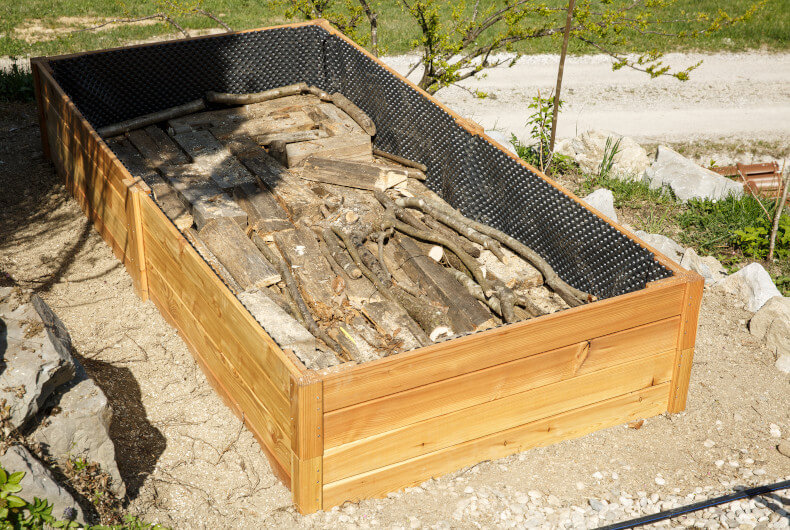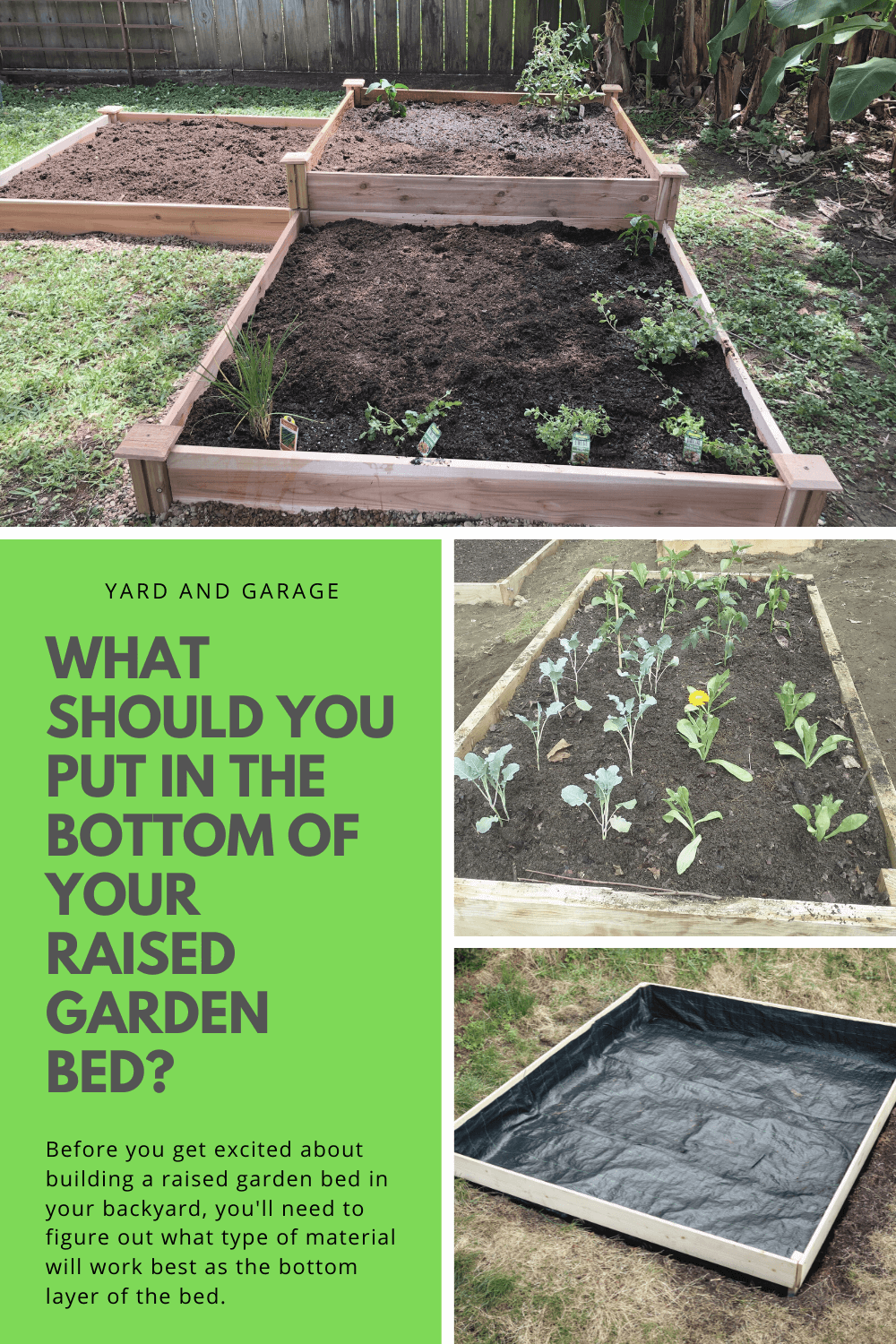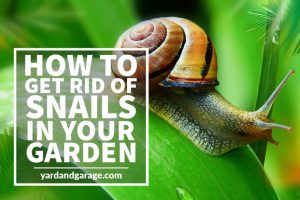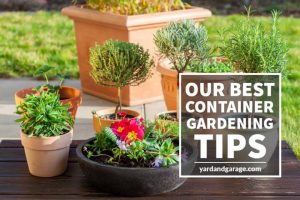 Raised garden beds are great for gardening because they make it easier to plant, weed, and harvest your vegetables or flowers.
Raised garden beds are great for gardening because they make it easier to plant, weed, and harvest your vegetables or flowers.
But before you get excited about building a raised bed in your backyard, you’ll need to figure out what type of material will work best as the bottom layer of the bed.
Many materials could be used for this purpose, but some are better than others.
This article will list a few types of materials that people have successfully used when building their raised beds.
We’ll also discuss why one might be more appropriate than another, depending on your needs.
Table of Contents
You Need a Weed Barrier
if you are building your raised bed on top of your lawn, you will need to keep the grass from growing into the bed. This can be done with either a weed barrier or plastic sheeting.
Both of these materials will prevent weeds and grasses from poking up through your soil, but they each have their own pros and cons!
Newspapers
Old newspapers are cheap and plentiful, so they can be a great way to start a raised bed.
However, they will degrade over time, so you may need to add fresh layers of newspapers after each season.
Pros: Easy to find, cheap
Cons: Newspapers will decompose quickly
Cardboard
Another great recycled weed barrier is cardboard. It will last longer than newspaper, and it is pretty easy to cut into the shape you need for your raised bed.
Pros: Easy to find, lasts longer than newspaper.
Cons: It might contain harmful chemicals from the ink used on it
Plastic Sheeting
Plastic isn’t environmentally friendly like newspaper and cardboard, but it will last much longer.
In addition, it is excellent at keeping weeds from popping up through your soil.
Pros: Lasts a long time, keeps weeds out.
Cons: Not environmentally friendly. Does not drain well.
Old Mulch / Straw
if you can find a good source of old pine bark mulch or old straw, it can serve as a great weed barrier, and it will also help your soil drain.
I would pack it in at least 4 inches deep to prevent weed growth. Even then, some weeds or grasses will slip through.
Pros: Environmentally friendly, will eventually feed your soil.
Cons: Can rob your soil nitrogen. Not as effective at weed control.
Landscape Fabric
Landscape fabric will keep weeds from growing up through your raised beds. It is also an excellent material for allowing the soil to drain.
Pros: Good weed control, good drainage.
Cons: It can be expensive if you are buying it new.
Keeping Critters Out of Your Raised Beds
Suppose you have burrowing animals around your home. In that case, you might want to consider using materials that will keep them out of your raised beds.
Even the ones that don’t target the plants as food can harm them by killing the roots when burrowing.
Hardware Cloth / Chicken Wire
If you are worried about small animals such as moles or gophers, this is an excellent material to use. It will keep these pests out, and it also allows the soil to drain well.
Pros: Good drainage, keeps out some larger animals
Cons: Expensive, can have sharp edges after cutting.
Build Your Beds on Concrete or Wood
There is no rule you have to have a raised bed directly over soil. Instead, you can build your raised bed on concrete, bricks, or even solid wood.
This will eliminate any need for weed barriers. In addition, it keeps the soil in place, so you don’t have to worry about erosion either!
Pros: More convenient locations. Least amount of burrowing animals.
Cons: Wood will decay. May have drainage issues.
Mix and Match for the Best of All Worlds
My recommended solution for what to put in the bottom of your raised beds would be a combination of materials to reduce weed and animal pressure.
I would start by stapling hardware cloth to the bottom of the beds and then cover that with landscape fabric.
I’ve used this method previously, and it worked well to prevent weeds and moles.



